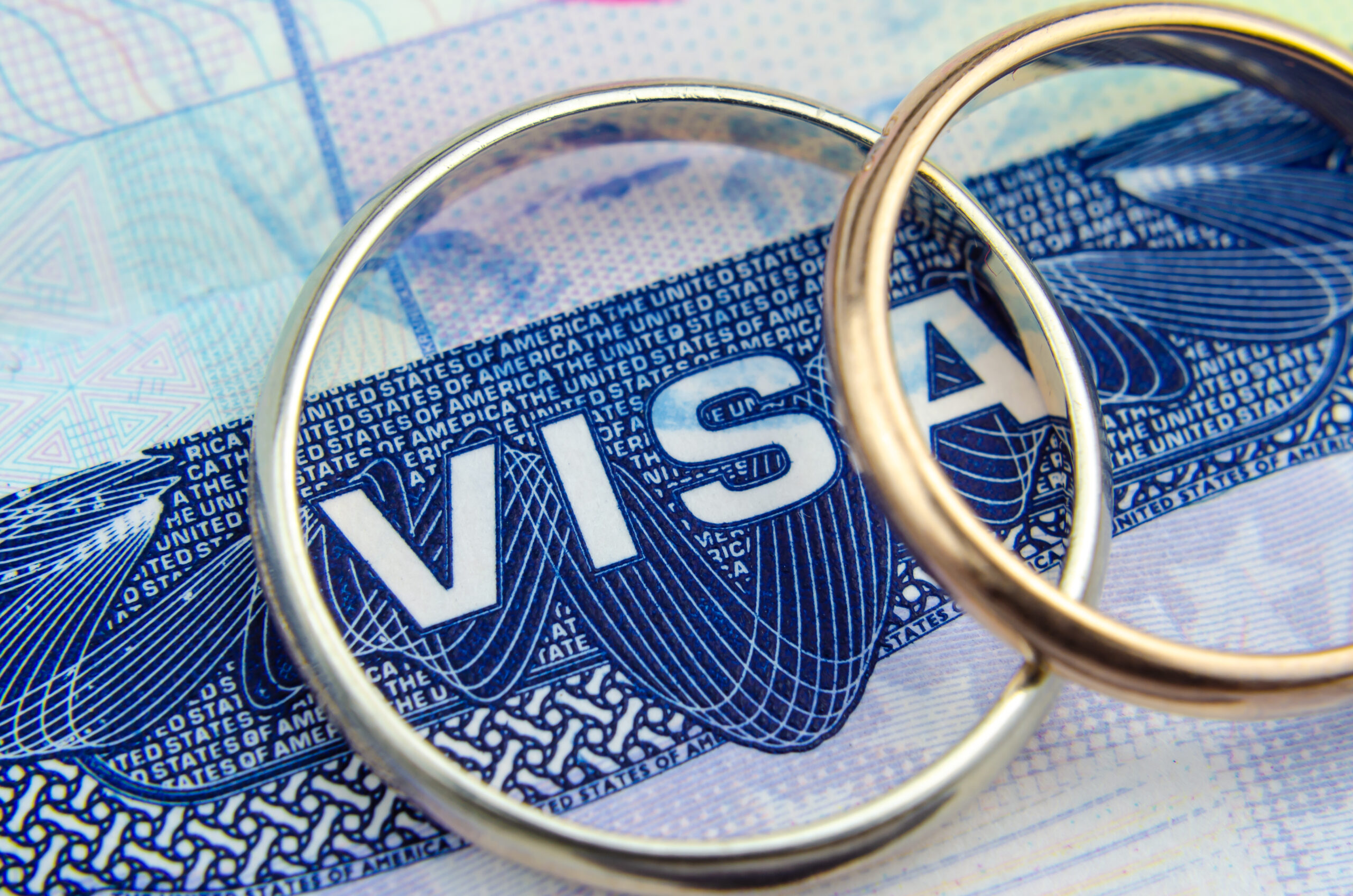Obtaining a green card through marriage to a U.S. citizen or lawful permanent resident is a common pathway to legal residency. However, the process can be complex and requires careful attention to detail. This guide provides a general overview of the steps involved, but remember, every case is unique, and consulting with an immigration lawyer is always recommended for personalized guidance.
Who is Eligible?
You may be eligible to apply for a marriage-based green card if you meet these basic requirements:
- You are legally married to a U.S. citizen or a lawful permanent resident.
- Your marriage is bona fide, meaning it is a genuine and good-faith marriage, not entered into solely for immigration purposes.
- You meet all other eligibility requirements as outlined by U.S. immigration law.
The Basic Process:
The process typically involves two main steps:
- Filing a Petition (Form I-130): Your U.S. citizen or lawful permanent resident spouse will file Form I-130, Petition for Alien Relative, with U.S. Citizenship and Immigration Services (USCIS). This petition establishes the legal relationship between you and your spouse.
- Applying for Adjustment of Status (Form I-485) or Consular Processing:
- Adjustment of Status: If you’re already living in the U.S., you might be able to use Form I-485 to apply for a green card without leaving the country. This form changes your current status to a permanent resident and allows you to complete the green card process without leaving the country.
- Consular Processing: If you are outside the United States, you will generally go through consular processing. This involves applying for an immigrant visa at a U.S. embassy or consulate in your home country.
Key Documents and Evidence:
Throughout the process, you will need to provide various documents and evidence to support your application, including:
- Marriage Certificate: A certified copy of your marriage certificate.
- Proof of Bona Fide Marriage: This is crucial; you must demonstrate that your marriage is genuine. Evidence can include:
- Joint financial documentation (bank accounts, leases, utility bills)
- Photos from your wedding and other life events
- Birth certificates of children born to the marriage
- Affidavits from friends and family who can attest to the legitimacy of your relationship
- Travel itineraries showing joint trips
- Any other evidence that demonstrates a shared life.
- Financial Documentation: Your U.S. citizen or lawful permanent resident spouse will need to provide financial documentation to show they can support you financially. This usually involves submitting tax returns and other financial statements.
- Biographic Information: You will need to provide biographic information; including your birth certificate, passport, and other identification documents.
- Medical Examination: You will be required to undergo a medical examination by a USCIS-designated physician.
Important Considerations:
- Immigration Laws are Complex: Immigration law is intricate and constantly evolving. It’s essential to stay informed about the latest regulations and procedures.
- Be Honest and Accurate: Provide accurate and truthful information throughout the application process. Misrepresenting any facts can have serious consequences.
- Processing Times Vary: USCIS processing times can vary significantly. Be patient and track your case status online.
Immigration Support from IDG Legal
If you want to apply for a short-term or long-term visa but are not sure where to start, IDG Legal Legal’s preferred immigration lawyer is here to help. They can assist with a list of immigration issues – free of charge – and guide you through the process. Tap below to fill out a form for assistance.




